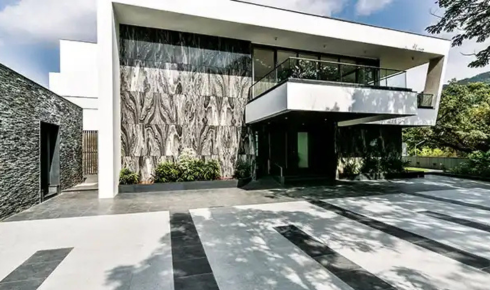Cladding plays a vital role in contemporary construction, offering both aesthetic appeal and functional benefits to buildings. Whether you are involved in a new build or a renovation project, incorporating high-quality cladding can significantly enhance the performance, durability, and appearance of any structure. In this article, we explore what cladding is, its types, benefits, and why it is essential in modern architecture.
What is Cladding?
Cladding refers to the application of one material over another to provide a protective and decorative layer. It is commonly used on the exterior of buildings to improve thermal insulation, weather resistance, and the overall visual appeal of the structure. It acts as a skin, shielding the inner structure from external elements such as rain, wind, and sun, while also adding an extra layer of style and sophistication.
Types of Cladding
There are various types of cladding materials available, each offering unique properties. The most popular options include:
- Wood Cladding – Offers a natural and warm look. It is biodegradable and environmentally friendly but may require regular maintenance.
- Metal Cladding – Usually made from aluminum or steel, this type is known for its strength, durability, and modern aesthetic.
- Vinyl Cladding – A low-maintenance and cost-effective option often used in residential buildings.
- Brick Cladding – Mimics the appearance of traditional brickwork, providing a classic finish with enhanced insulation properties.
- Stone Cladding – Offers a luxurious and timeless look with exceptional durability.
- Fibre Cement Cladding – A composite material that provides excellent fire resistance, weather durability, and aesthetic flexibility.
Benefits of Cladding
The use of cladding in building projects comes with a multitude of benefits, making it a popular choice for architects, builders, and homeowners alike.
1. Improved Insulation
Cladding helps regulate internal temperatures by adding an additional barrier between the interior and exterior environments. This can lead to reduced energy consumption, lowering heating and cooling costs.
2. Weather Resistance
One of the main purposes of cladding is to protect the building from harsh weather conditions. It prevents water infiltration, reduces thermal expansion, and protects against UV rays and frost damage.
3. Aesthetic Appeal
Cladding can transform the look of a building, adding character and style. It comes in a wide variety of colors, textures, and finishes to suit both traditional and contemporary architectural designs.
4. Durability and Low Maintenance
High-quality cladding materials are designed to last for decades. They are resistant to corrosion, pests, and decay, and most require minimal upkeep, making them ideal for busy property owners.
5. Fire Resistance
Many modern cladding options are engineered for enhanced fire resistance, helping to prevent the spread of flames and ensuring compliance with safety regulations.
Environmental Impact
Modern advancements in material science have made sustainable cladding options more accessible. Recyclable and eco-friendly materials are now commonly used, reducing the environmental footprint of construction projects. In addition, by improving energy efficiency, cladding can contribute to a building’s green rating and compliance with environmental standards.
Choosing the Right Cladding
When selecting cladding, it is crucial to consider the local climate, building regulations, aesthetic preferences, and budget. A professional contractor or architect can help assess the best solution based on your specific project requirements. It’s also important to consider long-term maintenance and energy performance when making your choice.
Final Thoughts
Cladding is more than just an architectural detail—it is a powerful tool that combines beauty with practicality. From protecting buildings against the elements to enhancing their appearance, cladding provides a multi-functional solution that aligns with both traditional and modern construction practices. Whether for residential, commercial, or industrial projects, the right cladding can make a significant difference in both performance and property value.
Embrace the benefits of exterior wall cladding and elevate your next building project with a durable, stylish, and energy-efficient finish.



